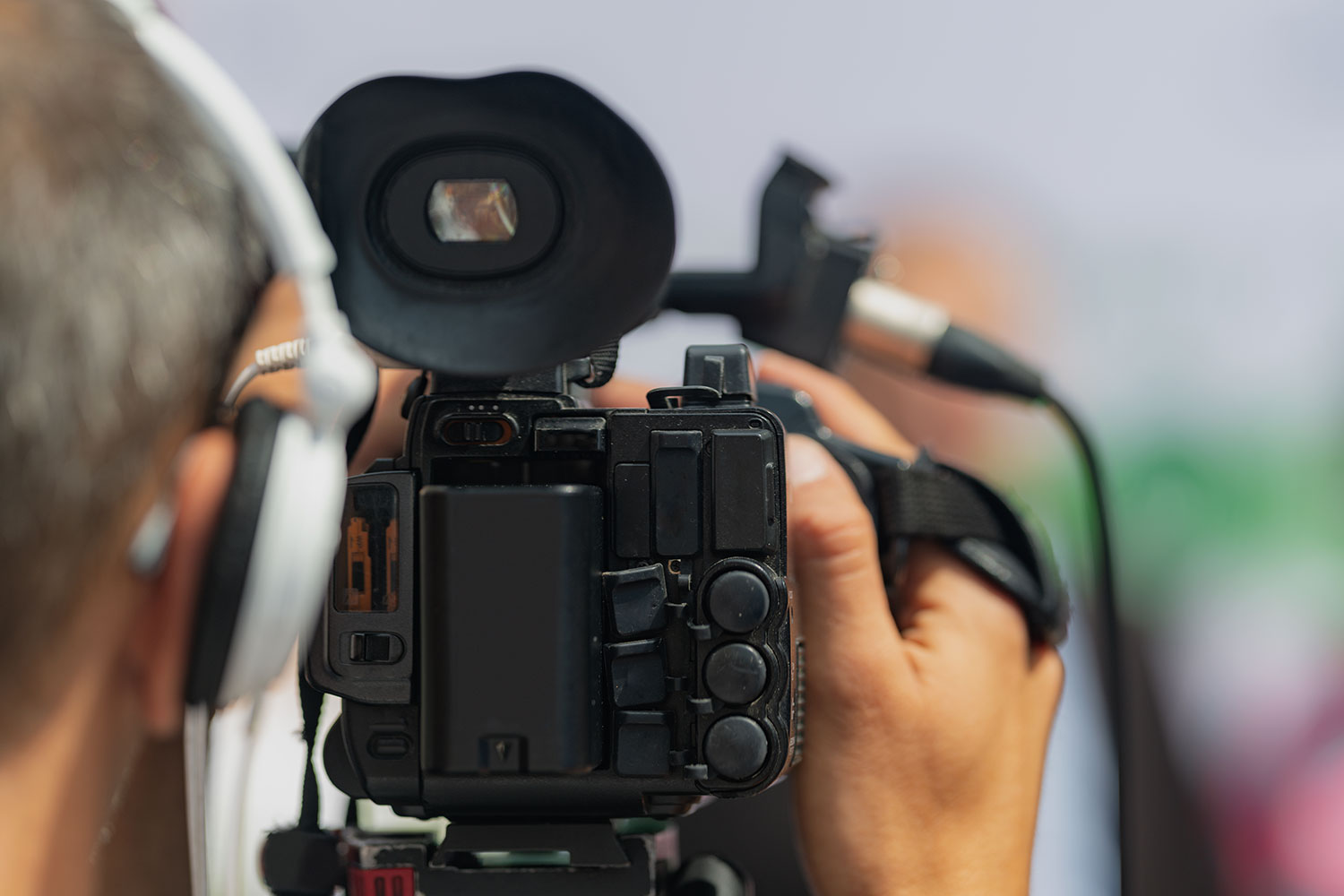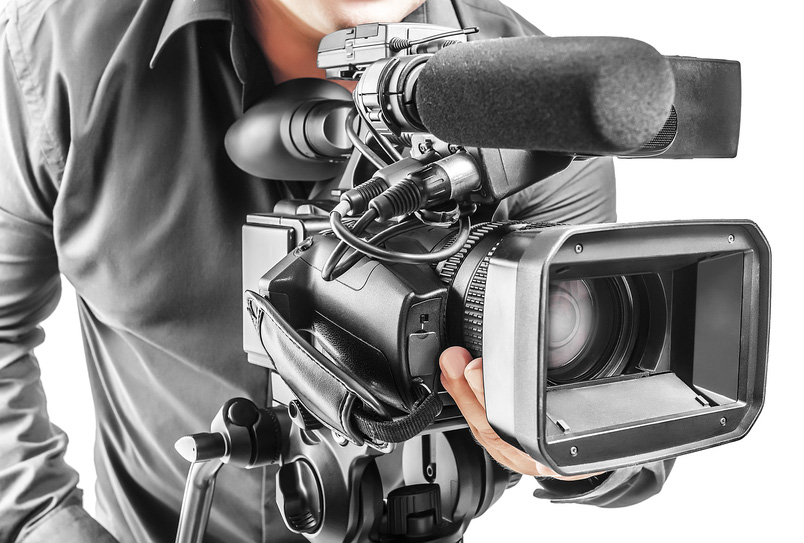The Function of Legal Videography in Recording Depositions and Tests
The Function of Legal Videography in Recording Depositions and Tests
Blog Article
Necessary Elements of Legal Videography for Reliable Documents
Lawful videography plays a crucial duty in the documentation of essential events within the justice system, where precision and quality are vital. Key aspects such as the release of high-def cams, adherence to lawful requirements, and efficient area looking considerably affect the top quality and reliability of the footage. A videographer's professionalism and trust and attention to detail can significantly enhance the evidentiary value of the tape-recorded material. Legal Videography. As we discover these important elements, it ends up being apparent that the nuances of this method can have far-ranging effects for lawful results. What might those ramifications entail?
Value of Lawful Videography
Legal videography plays a critical role in the judicial procedure by giving a dependable aesthetic document of testimonies, depositions, and other substantial events. This aesthetic documents serves numerous important features, most significantly boosting the integrity of evidence offered in court. Unlike written records, video recordings record non-verbal signs, such as body movement and psychological actions, which can substantially affect a jury's assumption of a witness's integrity and truthfulness.
Furthermore, lawful videography aids in maintaining the honesty of intricate cases, guaranteeing that subtleties are properly stood for. This comes to be particularly crucial in instances involving expert testament, where aesthetic aids can illuminate intricate principles that may be challenging to communicate through text alone.
In addition, using videography can streamline trial process. By enabling jurors to see recordings as opposed to counting entirely on live testament, the procedure can become extra effective and much less prone to misinterpretation.
Technical Needs
To efficiently catch premium video clip in a legal setting, details technical requirements should be satisfied. The option of electronic camera is vital; it needs to have high-def abilities, ideally 1080p or greater, to guarantee clarity in visual paperwork. In addition, the electronic camera ought to have a reliable zoom feature to capture details from different distances without jeopardizing image quality.
Illumination is one more critical element. Natural light is chosen, yet extra lights may be needed to eliminate shadows and ensure all participants are effectively brightened (Legal Videography). Soft, diffused illumination can aid develop an expert look while staying clear of severe contrasts

Lastly, steady recording equipment is crucial. A tripod or various other stabilization equipment need to be utilized to stay clear of unstable video footage, which might diminish the professionalism and trust of the documents. Satisfying these technological needs will significantly boost the top quality and performance of lawful videography.
Conformity and Lawful Standards
In the world of lawful videography, adherence to compliance and legal requirements is extremely important to make sure the stability and admissibility of taped materials in court procedures. Lawful videographers must be well-versed in the relevant regulations and guidelines governing the paperwork of evidence. This includes comprehending the guidelines of evidence, which determine how video clip recordings can be made use of in court, along with personal privacy regulations that secure the legal rights of individuals captured on video.
Additionally, videographers need to acquire proper approval from all parties associated with the recording procedure. This not just fosters transparency however likewise safeguards against potential legal repercussions. Conformity with state-specific policies is just as crucial, as the lawful click landscape differs substantially throughout jurisdictions.
Furthermore, keeping high standards of technological quality is important, as poor sound or visual quality can lead to challenges concerning the reputation of the video footage. Videographers ought to likewise keep meticulous records of the chain of custody for all video materials, making sure that they can show the authenticity and integrity of the recordings if examined in court. In essence, compliance with lawful standards forms the structure of efficient and reliable legal videography.
Ideal Practices for Videographers
Abiding by conformity and legal criteria establishes a solid foundation for reliable lawful videography, but ideal techniques better improve the quality and integrity of recorded materials. Videographers need to use high-quality tools, consisting of electronic cameras with adequate resolution and sound catching tools that decrease background sound. This makes certain quality in important source both acoustic and visual components, which is important for legal documents.
Second of all, proper lights is important to avoid darkness or overexposure, consequently maintaining the integrity of the video. Videographers should scout the area beforehand to establish optimum lighting problems, readjusting as required.
In addition, careful framing and composition are essential. Topics need to be focused within the frame, and any type of appropriate products or exhibits must be clearly noticeable. This not only aids in clearness yet likewise assists in communicating context throughout lawful procedures.
Additionally, preserving a neutral temperament and preventing individual biases while tape-recording enhances the professionalism of the videographer. Interest to detail in editing and enhancing, including seamless shifts and clear labeling of documents, guarantees that the final product is not only polished however also very easy to browse for lawful teams. Following these best techniques inevitably sustains the goals of lawful paperwork.
Enhancing Evidentiary Value
Enhancing the evidentiary value of legal videography requires a tactical technique that focuses on both authenticity and clarity. Legal videographers need to make sure that the video clip documents properly mirrors the occasions, testimonies, or conditions being tape-recorded. This begins with the choice of premium tools that captures clear audio and aesthetic elements, reducing distortion or interference that may threaten reliability.
Additionally, careful Recommended Site interest to information is critical. Videographers need to develop a steady video camera placement, utilize correct lighting, and avoid any kind of unneeded edits that could be regarded as modifying the initial web content. Maintaining a neutral perspective during recording helps preserve the credibility of the proof.
Additionally, proper documentation of the recording procedure-- consisting of day, time, location, and any type of appropriate contextual info-- can considerably strengthen the evidentiary weight of the video. This metadata offers as a vital reference factor for credibility.

Final Thought

Legal videography plays a critical duty in the paperwork of critical occasions within the justice system, where accuracy and quality are paramount.In the realm of legal videography, adherence to compliance and legal criteria is vital to guarantee the stability and admissibility of taped materials in court procedures. Legal Videography. In significance, compliance with lawful criteria develops the foundation of effective and reliable legal videography
Adhering to conformity and lawful standards develops a solid foundation for reliable lawful videography, but finest methods even more improve the quality and reliability of recorded materials.In conclusion, the relevance of legal videography exists in its ability to provide clear, trustworthy paperwork for legal procedures.
Report this page